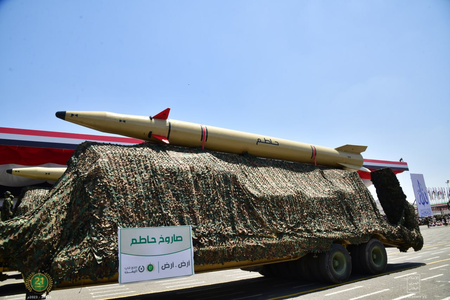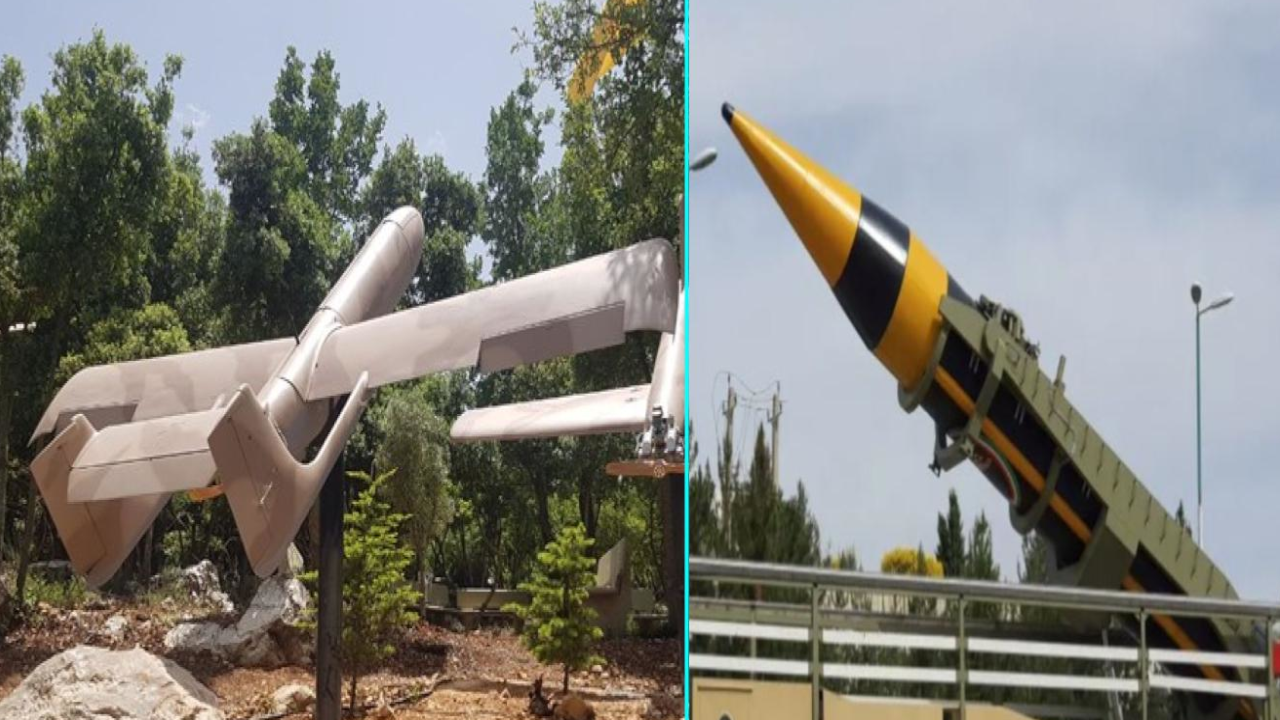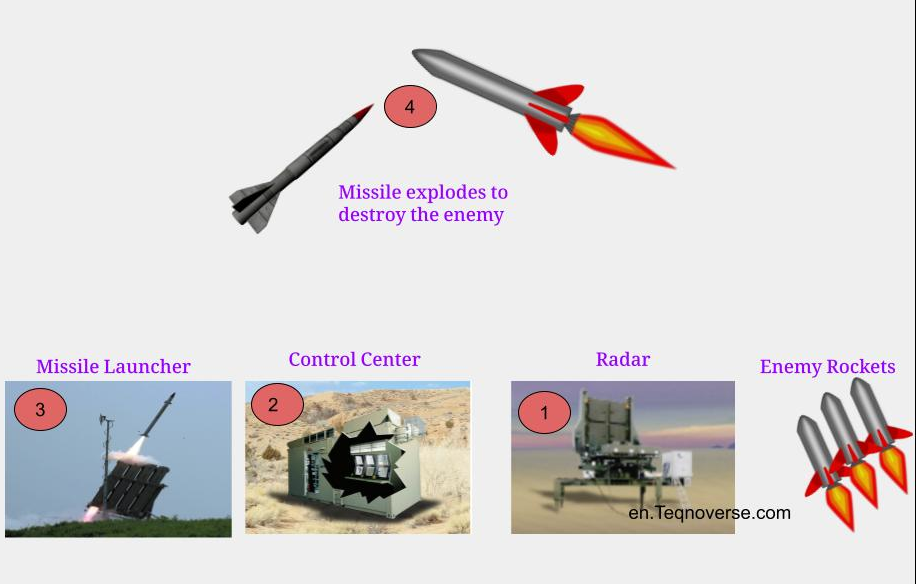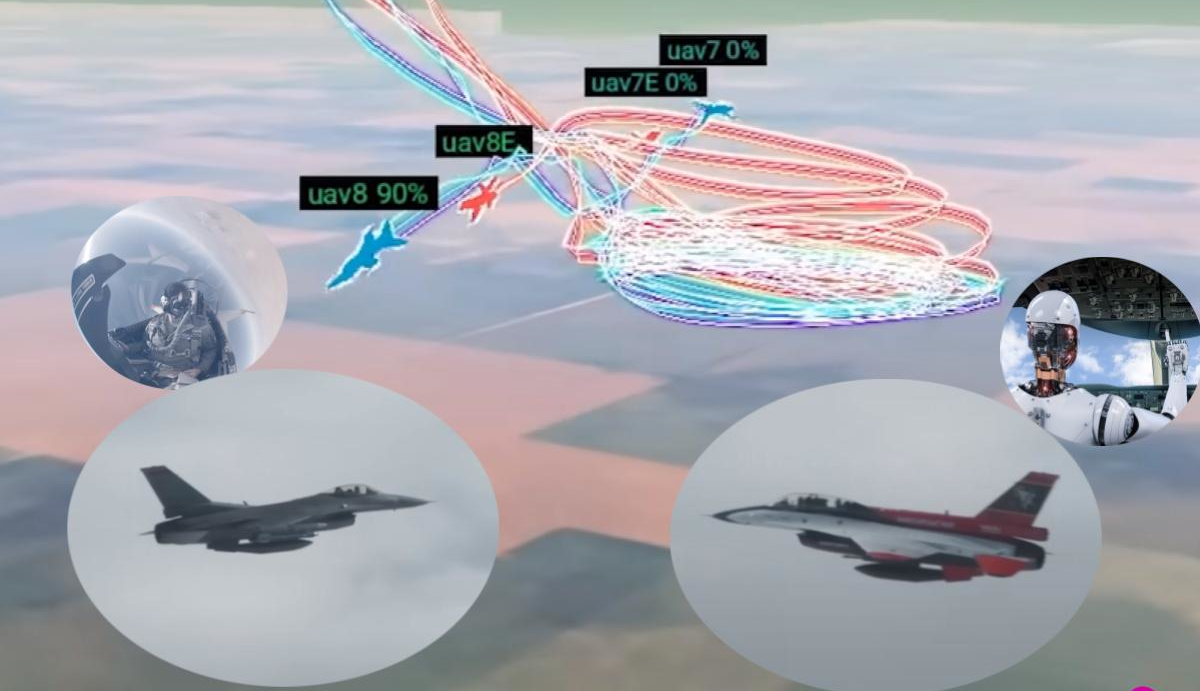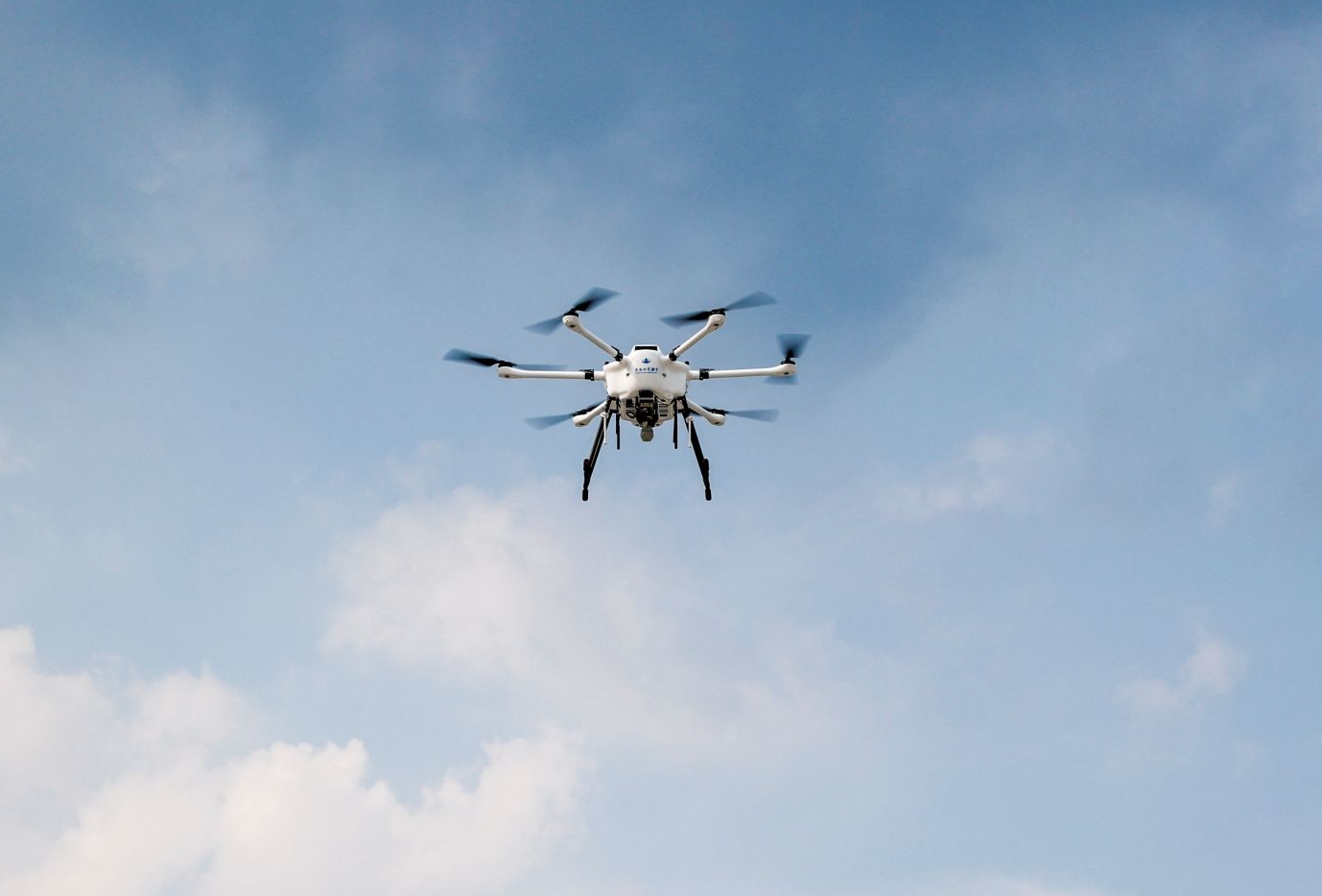Yemen announced on Sunday, September 15th, the successful launch of a hypersonic ballistic missile that traveled 2040 kilometers in 11.5 minutes, directly striking Tel Aviv, Israel.
Previously, Yemen had declared the development and launch of a hypersonic missile, but the news was met with skepticism regarding Yemen's capability to produce such advanced weaponry, even for countries like the United States. Only China and Russia are confirmed to possess this technology, while Iran and North Korea also claim to have it. However, Yemen's assertion now seems validated by Israel's acknowledgment of the missile's launch from Yemen and its arrival in Tel Aviv within 11 minutes, covering a distance of 2000 kilometers. The missile was reportedly tracked by multiple countries.
Is Yemen's Missile Hypersonic? A hypersonic missile is defined as one traveling at five times the speed of sound or more. The speed of sound is approximately 20.5 kilometers per minute. Therefore, any missile covering 103 kilometers per minute is considered hypersonic.
If the Yemeni missile had only traveled 1185 km in 11.5 minutes, it would still be considered hypersonic. However, it actually traveled a much greater distance of 2040 km, meaning its speed reached 8.6 times the speed of sound, or Mach 8.6. In other words, it was approximately 9 times faster than the speed of sound. This is considered the average speed throughout its journey, and its maximum speed is certainly higher. The speed increases as the missile progresses along its trajectory due to the decrease in weight caused by the consumption of fuel. Therefore, it is possible that it reached a speed of at least Mach 10. It is undoubtedly hypersonic.
Due to their extreme speed, hypersonic missiles leave insufficient time for air defense systems to detect, track, and intercept them. This challenge becomes even more formidable when the target is closer to the launch site. In Yemen's case, despite the immense distance, the defense systems along its trajectory failed to intercept the missile.
Air defense systems remain vulnerable to this threat, and a race is underway to develop more effective countermeasures. Simultaneously, more countries are accelerating their efforts to produce hypersonic missiles with even greater speed and maneuverability.
